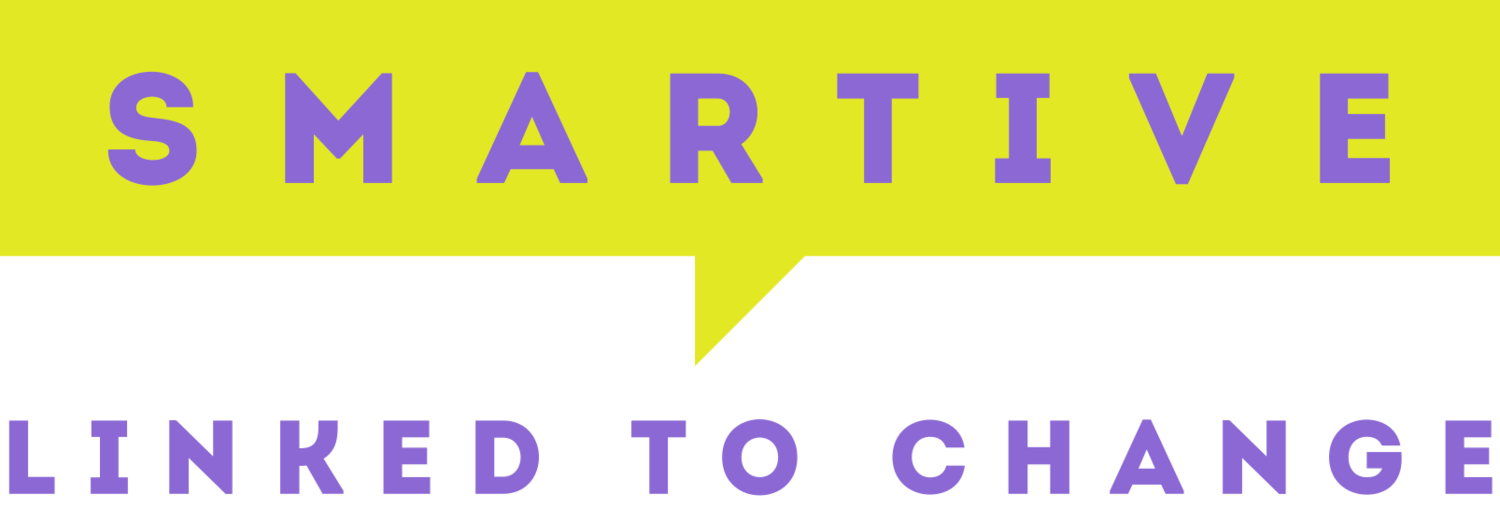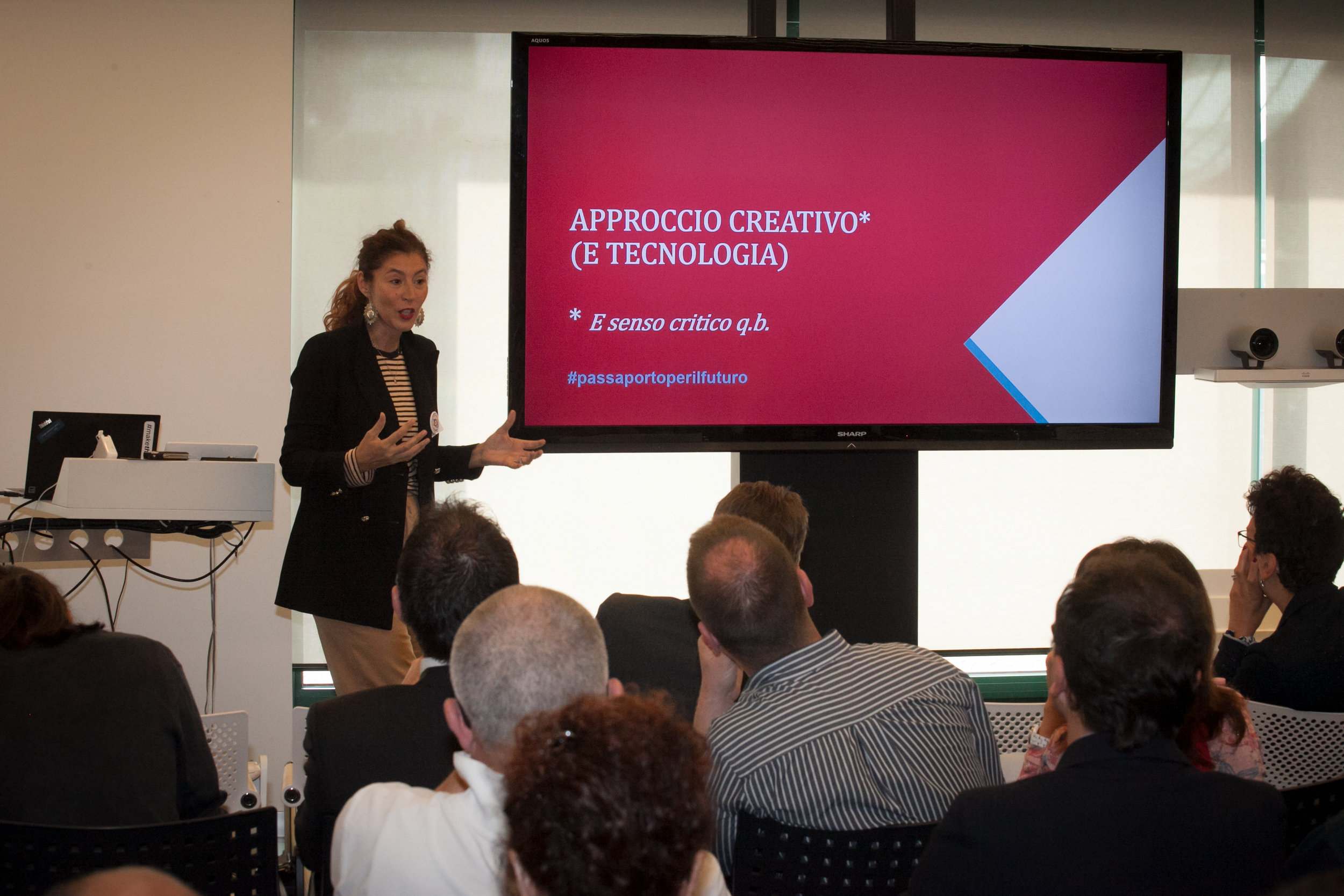Everyone talks about innovation. But what is really? We had the chance to go deeper into the issue thanks to one of the masterclass we co-designed with Cisco Italy in the framework of Interferenze dal futuro (Interferences from the Future), an upskilling programme that aims to give life to comparisons, perspectives and suggestions on the influences and trends that will impact the business. The first session was about the two different approches to innovation: inside-out versus outside-in. How to make it happen in today's times? How can we establish a sustainable culture of innovation in a user-centric perspective?
During the session we dived the issue thanks to the contribution of Roberto Verganti, (Professor of Leadership and Innovation at the PoliMi School of Management) and Fabio Lalli (Digital entrepreneur and Professor at the University of Perugia in Human-Computer Interaction, IED and Il Sole 24 Ore).
Qualitative room for ideas
We are in a historical period in which ideas risk being considered a commodity and no longer at the centre of the innovation process. Today, the most challenging thing is to understand what’s the right direction and to focus on the real priorities. It is crucial to create the right conditions in order to let unleash ideas and energies. Inevitably users get involved in innovative processes much more easily if the advantage is clear and truly "disruptive".
What does “quality” mean?… Human creativity.
It means using the available and few energies to the best, so could understand how to optimize time and effort to decide the way to innovate. Organisations don’t change until the people in them will do. The human factor in this flow is a key factor and the quality of innovation is link to the human capital:
On the one hand, it is increasingly fundamental to invest in people's skills to create a sense of widespread well-being that could allow the creation of something new
At the same time, creativity remains the basis of the innovation process, understood as the ability to be able to create and produce something new in a positive environment.
So how to create successful innovations in a saturated world?
Thinking about the value and meaning of ideas, from the user's point of view. Becoming user-centric is the way to ignite an innovation process that can be desirable by the users. Listening the users’ needs gives the opportunity to produce something meaningful. The innovation’s goal is not only doing things differently, it is changing things for the better producing new value.
Criticism at the center of innovation
The avant-garde of innovation is to observe a phenomenon from several points of view. Openness to criticism (a constructive one!) and the ability to listen to different perspectives is therefore of fundamental importance. For Roberto Verganti, "criticism means bringing out different visions and perspectives, highlighting the points of contrast and synthesising everything into a new and stronger vision". In this vision, the innovation process starts from the single creative input and goes gradually enriching itself with opinions of external experts and final users.
User-centric approach
Proximity and empathy with users and customers are the keys to adopt a user-centric approach. Prototyping and testing phases are of fundamental importance to find possible solutions to users' needs. Innovating, however, does not only involve the introduction or adoption of new technologies but relies heavily on providing immersive experiences to customers. Innovation is to learn about the user and keep his level of attention high (which now is only 9 seconds!)
The user is always connected and no longer knows how to distinguish between online and offline life. Innovating means keeping this paradigm in mind, or better to consider the ONLIFE PARADIGM (online + offline as a seamless experience) the new norm. And in this scenario the OUTSIDE-IN approach can be considered the most suitable in order to b immersed in the minds (and needs) of the customers and the users.






